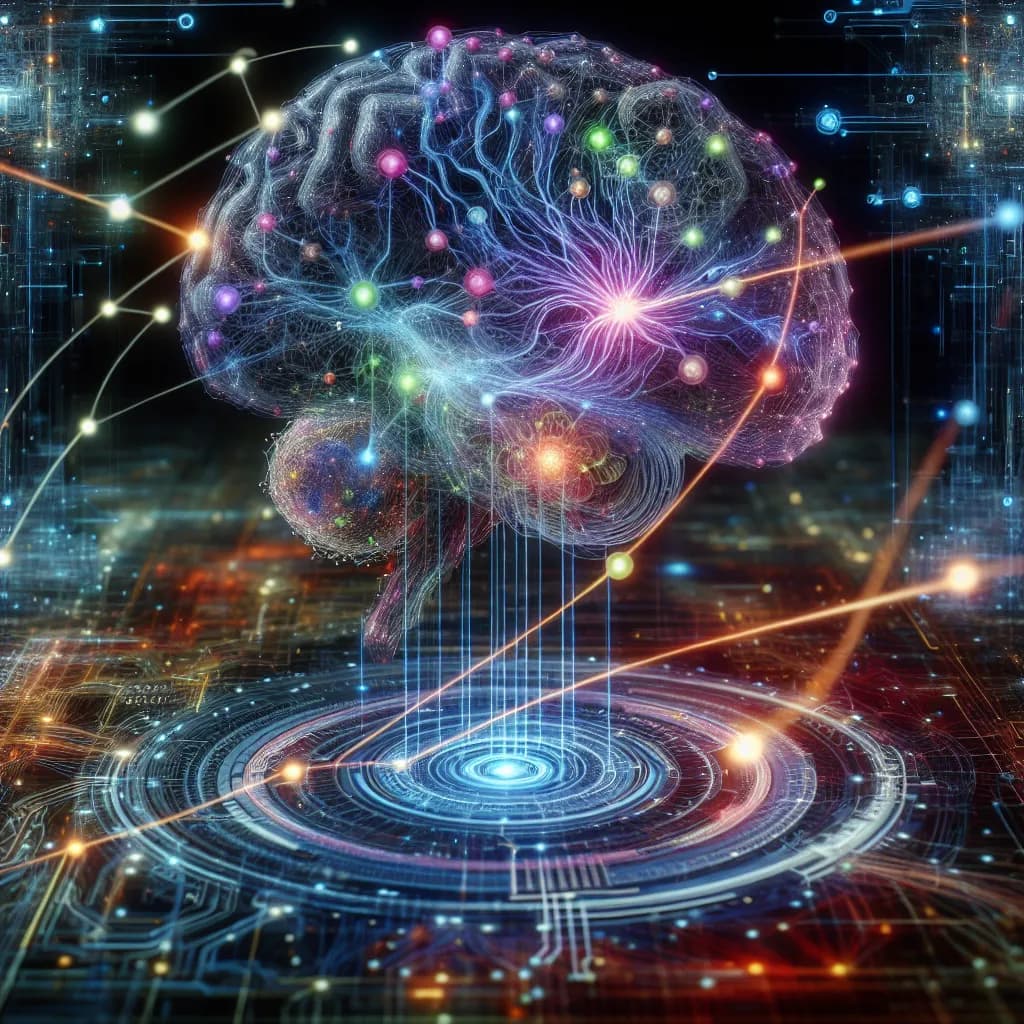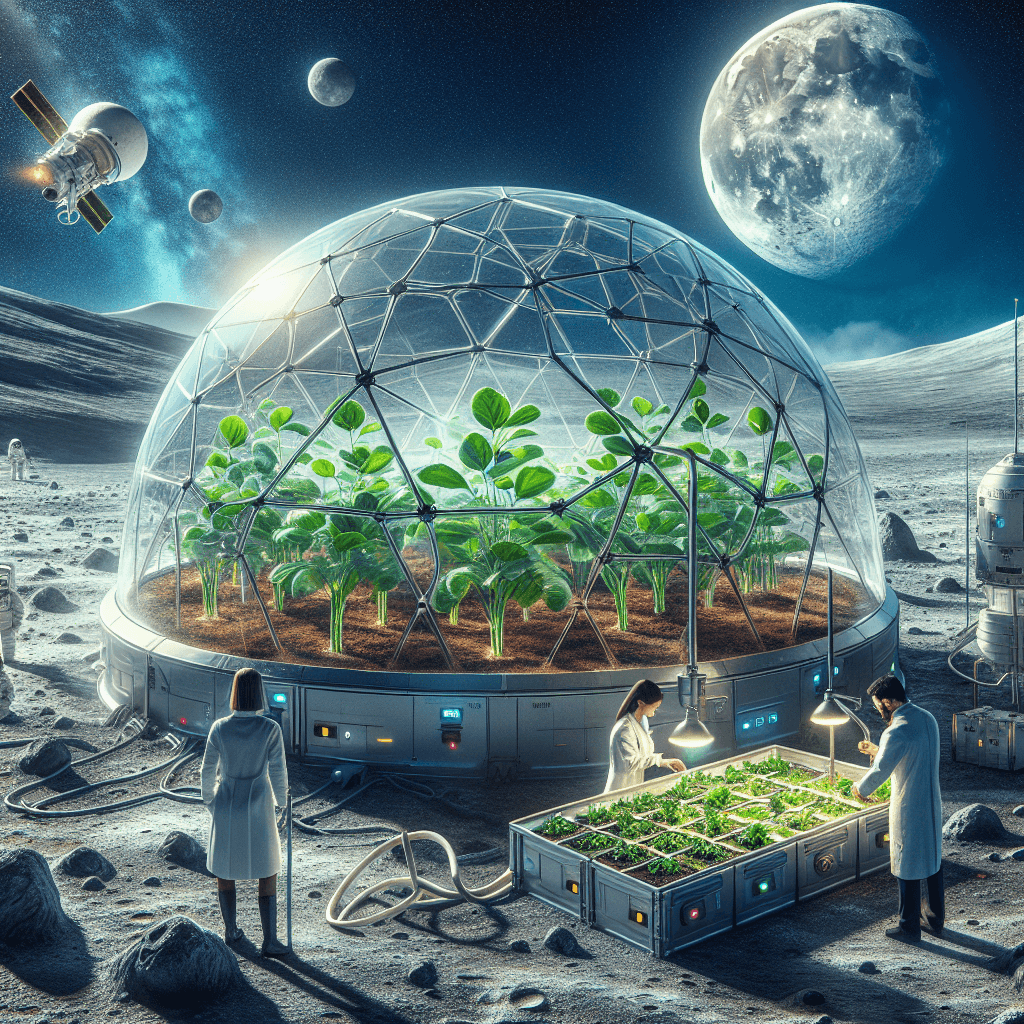Date:
24/11/2023
Listen to this article:
Key Points
Unveiling the Milky Way: NASA's James Webb Space Telescope reveals new features in the heart of the Milky Way, providing unprecedented detail of the Sagittarius C region.
Teenage Galaxies' Chemistry: The CECILIA Survey uncovers unusual elements and high temperatures in teenage galaxies, reshaping our understanding of early galaxy evolution.
Exotic Exoplanet Atmospheres: The JWST detects unique elements like water vapor, sulfur dioxide, and sand clouds in the atmosphere of the exoplanet WASP-107b.
Discovery of Distant Galaxies: The JWST discovers the second- and fourth-most distant galaxies, offering insights into the early universe.
New Features in the Milky Way's Heart
2023 has been a pivotal year for space exploration, marked by the James Webb Space Telescope's stunning revelation of the Milky Way's center. The telescope's image of the Sagittarius C region, located near the galaxy's supermassive black hole, reveals previously unseen features and a cluster of protostars. This discovery allows astronomers to test theories of star formation in extreme environments.
Exploring Teenage Galaxies
The CECILIA Survey, utilizing the JWST, has brought to light the chemistry of distant 'teenage galaxies.' These galaxies, formed billions of years post-Big Bang, exhibit unusual heat and contain elements like nickel, reshaping our understanding of galaxy evolution during these critical formative years.
Exoplanet Atmosphere Discoveries
Another remarkable 2023 discovery involves the exoplanet WASP-107b. Using the JWST, astronomers detected water vapor, sulfur dioxide, and silicate sand clouds in its atmosphere. These findings not only challenge previous models but also offer insights into the chemical and dynamic processes on exoplanets.
Uncovering Distant Galaxies
The JWST also led to the discovery of the second- and fourth-most distant galaxies known, located in Pandora's Cluster. This finding is critical for understanding the early universe, revealing the diversity and properties of galaxies during the cosmic dawn.
Impact on Understanding the Universe
These discoveries in 2023 have significantly advanced our knowledge of the universe. From the detailed study of the Milky Way's core to the exploration of distant galaxies and exoplanet atmospheres, each finding opens new doors for research and challenges existing theories. The data from the JWST is pivotal in these achievements, showcasing the telescope's role in expanding our cosmic horizons.
Conclusion
The year 2023 will be remembered as a milestone in space exploration, with discoveries that not only deepen our understanding of the universe but also highlight the endless possibilities of future space research.
About the author
Evalest's tech news is crafted by cutting-edge Artificial Intelligence (AI), meticulously fine-tuned and overseen by our elite tech team. Our summarized news articles stand out for their objectivity and simplicity, making complex tech developments accessible to everyone. With a commitment to accuracy and innovation, our AI captures the pulse of the tech world, delivering insights and updates daily. The expertise and dedication of the Evalest team ensure that the content is genuine, relevant, and forward-thinking.
Related news

AI's Memory Mechanism Mirrors Human Brain: Groundbreaking Insights
Recent research unveils striking similarities between AI's memory-forming mechanism and the human brain, offering groundbreaking insights for future AI development.

Rare and Energetic Cosmic Ray
A rare, extremely energetic cosmic ray has mysterious origins. Physicists discovered a cosmic ray with groundbreaking energy, prompting the need for more research.

NASA Invests in Research to Cultivate Food in Lunar Soil: A Giant Leap for Space Agriculture
NASA's $2.3 million investment in studying plant growth in lunar soil marks a significant step towards sustainable space agriculture and long-term human space missions.